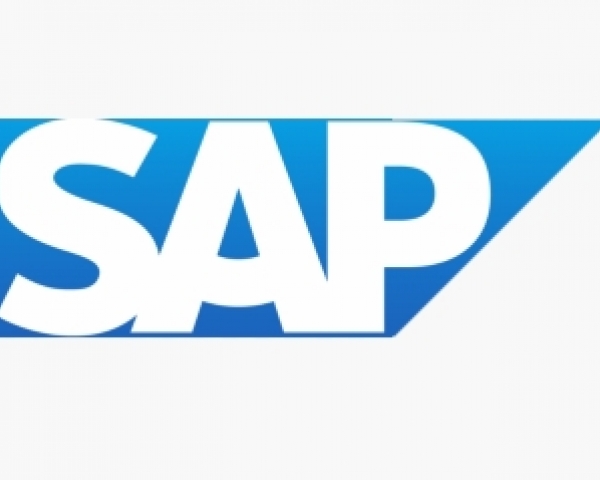License Management: Introduction and Overview
The SAP License Audit is a yearly process that all customers are contractually obligated to perform for SAP. This process lists the number of users actively using the system and compares those results to the number of licenses the customer has purchased.
As with any yearly task comes extra work. Because this work is not often kept up during the course of a year, it becomes a much larger project. There are many tasks involved, including cleaning up the system to remove users that are no longer with the company, duplicate users and of course, making sure that the test users are not in the production box. On top of all that, hopefully a documented process exists outlining the users in the system and their roles.
License Management: Scope
- The focus of this exercise is currently limited to aspects of License Management of SAP Technical Landscape in order to stay in compliance with SAP Standard License Policies and ensure continuous, enhanced and optimal support for SAP Applications
- This document talks about the exercise required for evaluating SAP Users’ License Management
License Management: Objectives and Benefits
License Management is the process of documenting and monitoring the number of software licenses used in the business to be compliant with the End User License Agreement (EULA).
The following are the objectives of License Auditing:
- Up to date software inventory
- Software License Compliance Reports
- Real-time alerts for non-compliance
- Prohibit non-business applications
- Awareness of key implementation risks, pitfalls and a plan for prevention
There are several benefits of License Audit of which few are mentioned below:
- Ensure that our customers can manage their SAP licenses effectively
- Provide SAP customers with transparency to avoid license overconsumption
- Optimize SAP customer’s license utilization
- Create additional business value for our customers via a comprehensive set of services
License Management: Approach
SAP Software is standard and can measure in line with our customers’ business needs which are growing tremendously. The comprehensive scope of SAP software offerings is matched by the flexibility customers have when choosing how to deploy and license the software. The modular structure of SAP software licenses allows customers to license and pay only for the performance and capacity needed at any given time.
There are three core belief that are important to understand when licensing software from SAP:
- Software Solution: What you are licensing from our comprehensive selection of SAP software to meet your business demand.
- Deployment Options: How you establish the SAP software; for example, on supposition, in a public cloud, or in a organize private cloud
- Licensing Models: Various models that permit customers use of SAP software, for example, permanent, subscription, or consumption
The approach phenomenon can be understood in the below mentioned points:
- Scope Classification
- License Usage Reports
- Categorize SAP Users according to license type
- Optimizing user-based licenses
- Optimizing sizing-based licenses
- Optimize subscription/consumption-based licenses
- Reporting
Phases of SAP User License Management Activity
The entire SAP User License Management activity can be divided into following phases-
- Understanding License Usage: License Type Assignment- In the first step, we need to understand what type of Licenses are there with the customer and what license types are applicable to it.
- Understanding License Usage: Only Dialog Users- Secondly, we need to identify the Dialog Users and segregate them from the remaining users.
- Understanding License Usage: Unnecessary Dialog Users (INACTIVE)- Third, we need to block the Unnecessary Users (INACTIVE since last 90 days atleast or not performing any activity post login)
- Understanding License Usage: Unnecessary TEST Users- Fourth, we need to identify any User IDs used by Implementation Partners during the Implementation and hyper care period (1st year of SAP Go-Live)
- Understanding License Usage: Access Assignment- Fifth, we need to check what accesses are assigned to the Users and compare them with the licenses already assigned to Users.
- Understanding License Usage: Access Usage- Sixth, we need to check what accesses are being used by the Users and recommend the correct license type to be assigned.
- Iterations (Negative Testing, Internal Audit): Access Usage- Lastly, repeat the steps 1 to 6 once again as part of Negative Testing / Internal Audit and then calculate the final license liability cost.
Case Study: User based License Management
- License Liability Cost for Retail Industry Customer from Middle East was reduced from 2.6M $ to 0.9M $, thereby saving 65% of License Liability.
Regards,
Team FuGenTimes
[Reference- FuGenEd Pvt. Ltd. (https://www.linkedin.com/in/fugened-sap-059220246)]































